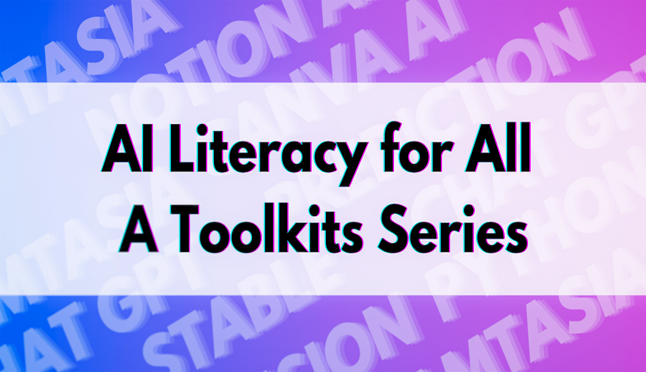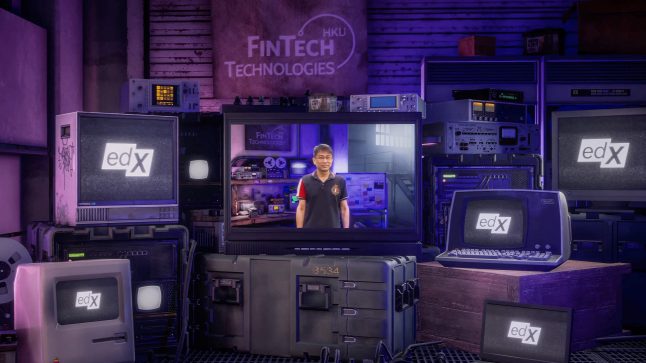
We build. We innovate. We share. It is our team’s mission to support teachers in building useful learning resources and sharing knowledge with technology. One recent project is the enhancement of the Resources for Interpreting website (傳譯資源網), and the development of a mobile app “Newssary” instigated by Dr Eva Ng from the Translation Programme of the School of Chinese, Faculty of Arts. Dr Ng is also the recipient of Teaching Innovative Award for the University’s Teaching Excellence Awards in 2017.

The Interpreting Website
Funded by the Knowledge Exchange (KE) Office of HKU, this website provides free learning and training resources for anyone interested in interpreting. One star feature of the website is a glossary of bilingual Chinese-English terms on current affairs. It is a constantly udpated database of thousands of entries collected by students from the news over many years. This database is not only useful for professional interpreters, but also anyone interested in learning buzzwords in the news.

Website Enhancement
For all glossaries and databases, a user-friendly searching function is indispensable. The database now supports searching by Traditional Chinese and Simplified Chinese. An intelligent search function has also been added recently. For example, if you input “appr h” in the search bar, it will prompt you with “Appreciate Hong Kong”. In other words, even if the input information does not correspond exactly with the entries in the database, you will still be prompted with possible matching items and related terms.
Our team further enriched the website by producing a video on what is interpreting. We also set up a server and advised Dr Ng’s team on website architecture and theme development.

Achievement
The website received an overwhelmingly positive response from its users, ranging from academics, PhD candidates and members of the general public:
- “[The website] has everything that an interpreter, or anyone who teaches interpreting, or anyone who wants to use it for client education would want.” – Professor Holly Mikkelson, Middlebury Institute of International Studies at Monterey, USA
- “It’s a wonderful contribution for today’s students and practitioners of interpreting and translation.” – Professor Claudia Angelelli, Heriot-Watt University, UK
In recognition for her contribution to the interpreting community, Dr Ng was awarded the Faculty Knowledge Exchange (KE) Awards in 2016.
The Mobile App
Furthering our effort in revolutionizing the website, we have successfully transformed the glossary into an app, “Newssary”, to increase the accessibility of this useful learning resource. One key feature of the app is game-based learning – it is not just a dictionary, but made interactive for users to learn new vocabulary items through games.

The app is now available on Apple Store and Google Play for FREE!
It is TELI’s mission to collaborate with teachers to create innovative e-learning resources. Interested? Contact us.
Further Reading
- Interview of Dr Eva Ng by HKU Review 2015
- What’s the Chinese For ‘Grexit’?
- Presentation by Dr Eva Ng – KE Award 2016: Resources for Interpreting
- 葉青霞:殺無赦點譯好 港大研發時事詞彙app有答案 [Translation: How to translate ‘kill without mercy’? Find out the answer in the glossary of current affairs app developed by HKU] (Ming Pao Weekly, 29 September 2017)
- 港大研手機應用程式 提供中英對照時事詞彙 [Translation: Mobile app developed by HKU offers bilingual Chinese-English terms on current affairs] (Epoch Times, 25 September 2017)
- 港大推翻譯App 含7700中英時事詞彙潮語 殺無赦、火箭人都有 [Translation: HKU’s translation app includes 7700 Chinese-English terms on current affairs, including ‘kill without mercy’ and ‘Rocket Man’] (Ming Pao, 24 September 2017)
- HKU Press Release, 24 September 2017:
English: HKU scholar launches new translation app ‘Newssary’ – A vital resource for interpreting in English and Chinese combining news and glossary
Chinese: 從事中英傳譯不容錯過的全新手機應用程式 – 港大學者研發「時彙」提供中英對照時事詞彙、潮語和俗語











